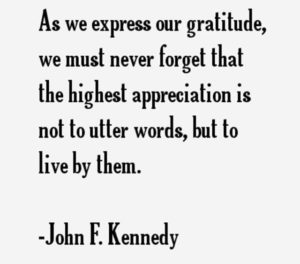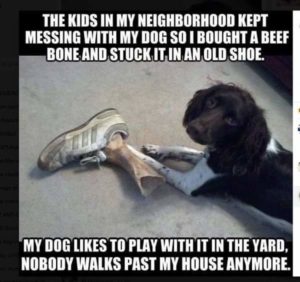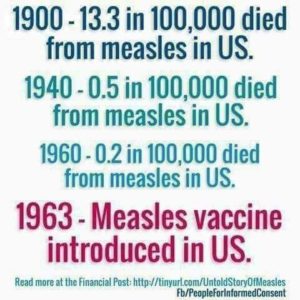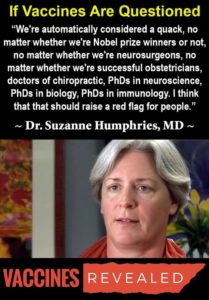Neighbourhood Fix
Another great newsletter from Dr Al Sears
In the 18th and 19th centuries, tanning was thought of as unsightly — that is until Coco Chanel completely turned tanning on its head in the 1920s…
Returning from a cruise in the French Riviera sporting a tan, Coco’s bronze glow electrified the world.
By the next summer, tanning began to signal how a lot of us see a healthy tan today — one sign of a carefree or active life.
Coco Chanel showed the world that a summer tan was fashionable. She may not have realized it was also a sign of one of the best healthy habits a person can have.
And modern science proves she’s right. When ultraviolet B (UVB) rays touch our skin and unlock vitamin D, you have a:
Reduced risk of breaking a hip by a whopping 69%.
Lower risk of dying from 15 types of cancer.
11% lower death rate from heart attacks.
But the tanning craze was short-lived after doctors around the world wrongly connected tans with skin cancer. As the panic spread, I had a flood of patients come to me terrified of the sun.
Then, after Australia had an “outbreak” of skin cancer in the 1970s, the idea of tanning went back to the Dark Ages.
Sunblocks and sunscreens were born… depriving us of one of the most vital vitamins you can get for all aspects of health. And I’ve seen the effects of this on my patients.
I’m talking about vitamin D.
After sunblocks and sunscreens came into vogue, vitamin D levels plummeted, and that’s when vitamin D deficiency-linked diseases really took off.
But you don’t have to choose between pale vampire skin and lobster-red sunburns. Research has uncovered a way to protect and beautify your skin from the inside out.
You can harness your body’s “internal sunscreen” power using a breakthrough antioxidant formula made in France.
What you could call the new French revolution…
I’m talking about a patented antioxidant formula made in France called GliSODin. One of nature’s most powerful free radical fighters, it’s “the enzyme of life.”
You’ve heard me mention it before: It’s called superoxide dismutase, or SOD. As we get older, the body stops making enough of it to properly fend off the harmful effects of too much sun.
Saliva and stomach acids broke down previous incarnations of this SOD supplement. That is until French scientists found a way to “wrap” the SOD in a protective sheath made up of natural vegetable protein.
Study participants who took the “sunscreen capsule” experienced significant sunburn protection — even fair-skinned people required eight times more sun exposure to produce sunburn than did people taking the placebo.
In another study, 150 people took GliSODin every day for two months during which they also followed a sunbathing routine.3 Overall, 82% of volunteers said their skin was well prepared for sun exposure — and this even went for folks who usually redden or flush right after being out in the sun.
A smaller study using SOD found similar results: People could handle sunlight better or were less likely to redden, flush or experience skin irritation.4
So why do we even have problems with too much sun?
When our skin is exposed to sunlight, it produces melanin — a hormone that acts as our body’s built-in sunblock. And we get tan, just as Coco Chanel reminded the world about in the 1920s. The problem is we live in a different world than our ancestors.
Our ancestors spent a lot more time outdoors than we did. They would walk around naked in the sun and their foods were rich in natural sun-protective nutrients.
I encourage my patients to get out in the sun every day if possible without sunscreen. I let them know that they can build up many of the same sun defenses that our ancestors had.
My Top 3 Red Foods for Beautiful Sun-Kissed Skin from the Inside Out
To condition your skin for a day in the sun without sunscreen, eat more of these red foods:
Wild-Caught Salmon. Wild-caught salmon is rich in a rare nutrient that provides a natural defense to the sun’s burning rays. It’s called astaxanthin. And when you consume this pigment, it keeps you safe from the kind of DNA sun damage that burns your skin.
Salmon is by far the richest source of astaxanthin. Just make sure it’s wild-caught. A typical 6-ounce serving of Wild Pacific sockeye salmon gives you 4 mg to 5 mg.
I also recommend astaxanthin supplements. Take up to 10 mg per day.
Tomatoes. Red or orange fruits and vegetables like tomatoes have high levels of lycopene. When you eat these foods, lycopene settles into your skin’s outer layer.
It acts as a natural sunblock and repairs cells damaged by sunlight. Lycopene prevents sunspots, dryness and wrinkles from UV radiation. In a study published in the Journal of Nutrition, people who ate tomato paste every day for 10 weeks showed less damage when subjected to UV radiation.
Hibiscus Tea. Hibiscus is one of the richest sources of antioxidants in the entire plant world.6 And it is also a natural sunscreen. Studies show it absorbs UV rays from the sun.
Look for any tea that lists hibiscus as the first ingredient. You might also see it called sour tea, red tea, flor de Jamaica, sorrel or roselle.
Just place 4 tea bags in 8 cups of water and let it steep overnight in the refrigerator. Remove the bags in the morning and add the juice of one lemon. The brewed tea will have a tart taste. You may want to add some honey or stevia as a sweetener.
To Your Good Health,
Al Sears, MD, CNS
Measles Vaccine No Cure
Manuka Honey Effective Against Antibiotic Resistant MRSA
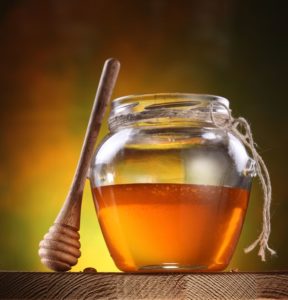
Scientists have been warning of a possible medical catastrophe from an epidemic of antibiotic resistant superbugs. Manuka honey may be a natural and ancient solution to a modern health disaster. For years doctors have been overprescribing antibiotics. A University of Pennsylvania School of Medicine study found physicians commonly use antibiotics to treat hospitalized patients with acute viral respiratory track infections, in spite of the fact antibiotics are known to be ineffective for these infections.
http://www.greenmedinfo.com/blog/manuka-honey-effective-against-antibiotic-resistant-mrsa
Red Flag Alert
Deep-sea trawling is extremely destructive for fish populations and has little economic benefit

Deep-sea trawling is not worth the fish hauled back to port. In an article from Mongabay, U.K. researchers said the technique did far too damage to the seafloor and populations of slow-breeding fish in exchange for meager amounts of consumable catch.In addition, the fishermen who practice this technique often under-report their actual catches. A lot of what they capture are immature or non-edible fish that get thrown away and end up wasted.
https://www.nexusnewsfeed.com/article/climate-ecology/deep-sea-trawling-is-extremely-destructive-for-fish-populations-and-has-little-economic-benefit/
The grisly process of stamping out homeopathy (in the world, actually, Australia being the current target) herbal medicine and other ingestive therapies continues…
The grisly process of stamping out homeopathy (in the world, actually, Australia being the current target) herbal medicine and other ingestive therapies continues.
The Commonwealth Ombudsman is due to hand down his recommendations on the complaint that was submitted 2 years ago.
We have been advised that it would be politically potent to have 100,000 signatures notched up at around the same time.
We have 80.600 signatures, and about 6 weeks to get another 19,400.
We think we can do it.
Can you help?
You would find some interesting reading on the campaign website, about the bah humbug that’s going on, at www.yourhealthyourchoice.com.au
Thankyou!
Regards,
Nyema Hermiston
Calcium – 5 Non Cow’s Milk Alternatives
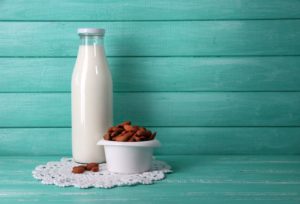
Calcium is an essential mineral to our body, it is the building blocks to our bones and maintains bodily functions such as heart rhythm, nerve communication and the contraction and release of our muscles! Common knowledge tends to steer us towards dairy products as the ultimate source of calcium…
One of our recent releases on FMTV – ‘Got The Facts On Milk’ questions the conventional wisdom of the much publicised health benefits of dairy and milk. We know that calcium is super important for our health but what are some other sources of calcium besides dairy? We have put together a list for you of non-dairy calcium loaded foods!
https://www.foodmatters.com/article/5-calcium-rich-alternatives-to-milk
Dangerous Liaison: Industrial Agriculture and the Reductionist Mindset
Food and agriculture across the world is in crisis. Food is becoming denutrified and unhealthy and diets less diverse. There is a loss of biodiversity, which threatens food security, soils are being degraded, water sources polluted and depleted and smallholder farmers, so vital to global food production, are being squeezed off their land and out of farming.
https://www.counterpunch.org/2018/05/18/dangerous-liaison-industrial-agriculture-and-the-reductionist-mindset/

